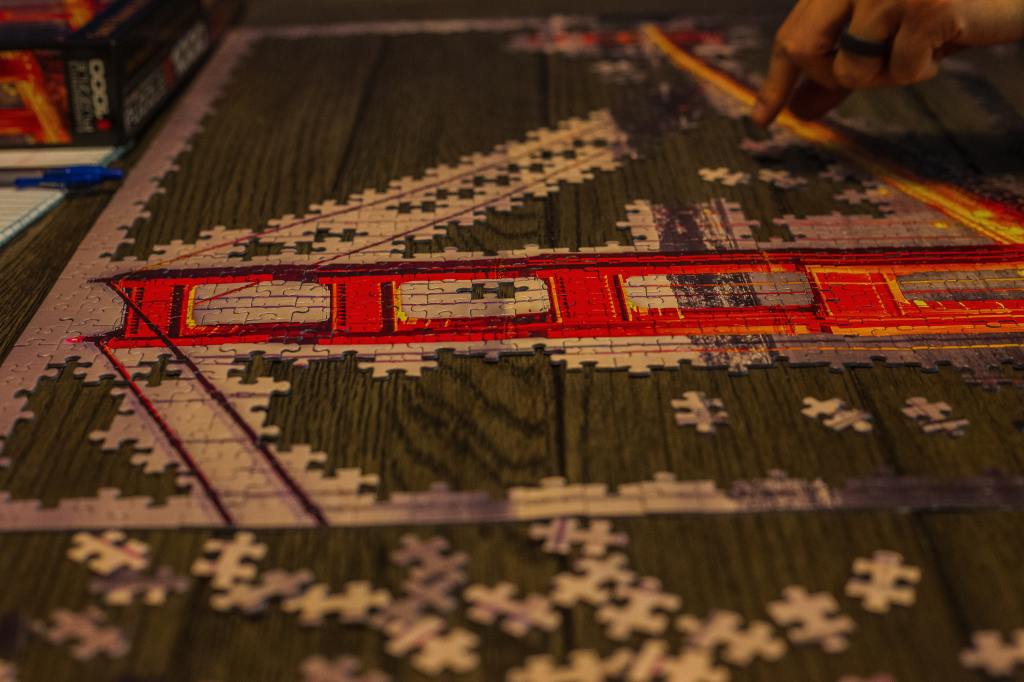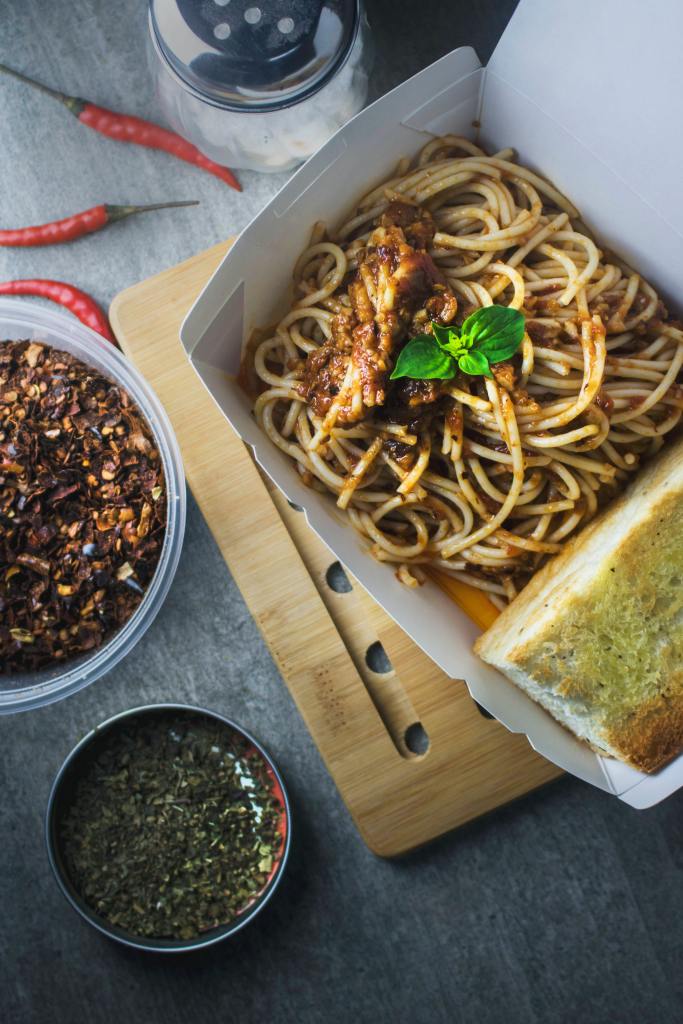I have been long neglecting this blog and wanted to share with you the most exciting recent development: I’m vaccinated!
To share the good news with you, I’d like to share a piece I wrote that was published today on Love What Matters.
In March 2020, I was ready and excited to re-enter the real world. Just a few weeks prior, I had my last chemo infusion for my rare soft-tissue sarcoma and would be shifting to an oral chemotherapy with more manageable side effects. After a year of nausea, couch time, and loneliness, I was ready to return to my job as an elementary school teacher, and in many ways, pick up where I left off.
I don’t recall where I was when I first heard of COVID-19. There had been reports from China since before Christmas, but I had naively thought of it as a virus that may not reach here. Just in case, I got in touch with my boss at work. “This sounds like it could be really bad, and if it does arrive in the US, it won’t be safe for me to return to the classroom.” This was in January, so that possibility still felt so far off, so remote. I prepared to return to the classroom on March 30, 2020, the day my school returned from Spring Break. Little did I know that I would never again step foot into that school to teach.
It was March 11, 2020. Though I did not know it, it was the last normal day. I made the decision not to go into New York City to see a Broadway show the day following, because rumors were starting to swirl that things were a lot worse than anyone knew. I’m a bit embarrassed to admit that I cried. I wanted so badly to return to normalcy, to the things I loved, and professional theatre was one of those big things. To comfort myself after declining my ticket, I made a pie for my Aunt’s birthday and drove to have dinner with her and my Uncle. We shared appetizers at the kitchen island and enjoyed our dinner at the table before slicing up the pie. I don’t remember our conversations, which mostly indicates that they were normal, easy, oblivious of what was to come. Before I walked out the door, I got a hug from each of them. It would be my last hug for 366 days.
By 1 PM the next day, we were living in a completely different world. The news of the Broadway shut down made my blood run ice cold. An usher at the show I was supposed to see had tested positive for COVID, and all the productions were going dark to preserve public health. I’ve been a drama teacher and a theatre goer for a long time, and I knew that if New York was willing to sacrifice one of its biggest sources of income, it had to be really bad. It took another week for the rest of my signs of normalcy to disappear, but this will forever be my first indication that things were changing.
The next few days were a blur. My false sense of security had completely vanished, and suddenly I was terrified of everything. As someone who was immunosuppressed from 12 previous rounds of chemo, I was accustomed to obsessively tracking my white blood cell count, an indication of how my body would be able to fight off an infection. Even on the best day, I was prone to immune struggles and was a frequent flyer at urgent care for my own body’s inability to keep itself healthy. I knew that my body would be defenseless against this terrifying virus, one which even the experts couldn’t even comprehend. Other healthy people in my life seemed to be hopeful that it would all blow over in a few weeks, and meanwhile, I waited on pins and needles. I stayed in my apartment, stepping outside only to let my dog out for short bursts. I’m so grateful that I had support in those early days. Two of my friends came to pick up my laundry, since I was terrified to go to the laundromat. They took every precaution, wearing masks and sanitizing the doorknob after opening the door. I ordered my first ever grocery delivery, and shortly after my parents asked for me to make a list of what I needed. At the time, there were even rumors that food would be hard to get, so I was encouraged to get canned goods and enough food for at least two weeks. Looking out my window, I felt nowhere was safe: not even the quiet suburban street where I lived.
And soon, the rest of the world did hear. Schools shut down. Stay at home orders were issued. We listened to public health figures, clamoring for hope. As the conversation about bubbles and social distancing began, I realized that I was a bubble of one. It was me and my dog, weathering this out together, just as we had my past year of chemo. This time, I couldn’t include anyone else: I was alone. With that realization came the understanding that if I were sick, I’d be doing that alone, too.
What I had not anticipated about the pandemic would be how well my cancer experience prepared me. I was ready to practice every given precaution, many of which were the same ones I kept to when in treatment: fastidiously washing my hands, taking my temperature, watching for signs and symptoms. Mentally, I had an advantage too. Since my diagnosis, I was used to not getting my way, needing to cancel plans I had been greatly looking forward to, or to live in a bleak space of uncertainty. At times I would get frustrated as my peers caught up, saying many of the same things I had for the past year. I listened as they wondered who was sick, or they considered their own mortality, and I swallowed the words “this is what I’ve been saying!” or, “I know, I’ve been doing this for a year already.”
As COVID continued its tight grip on the country, my cancer experience continued as well. My new medication turned my hair completely white. Since it had no pigment, it didn’t respond to any dye or color. Having not previously lost my hair or had any significant changes due to chemo, I spent nights agonizing over what to do. I made the difficult decision to cut off all my “old” hair and just leave my new color. This meant shaving my shoulder length hair, alone, in my bathroom. I understood that my hair was out of my control – but I wished, so hard, for someone to hold my hand, or for someone to even out the back after I finished my work, just to make it a touch easier. A few weeks later, I faced a huge medical scare when my new treatment threw off my liver counts and for a bit they feared I might have new tumors. Driving into Center City Philadelphia alone and with the possibility that my health could be radically declining was terrifying. Fortunately, that was ruled out, though I needed to come off of my treatment and have bloodwork done each week. This became my only regular excursion out of the house. Even though my medical center is wonderful and took top-notch care, I still felt my body tense as I walked into a building that was not only filled with people, but where COVID testing was conducted.
My own personal medical scares were unfolding, all the while the country faced shocking loss after loss. I began to hear whispers and confirmations: this family member tested positive, this friend of a friend lost a parent. I felt helpless as the death toll climbed and I knew each one of those was a friend, a family member, a neighbor. In order to manage my anxiety, I started to ignore the news as much as I could. Every time I saw someone who refused to wear a mask, I was infuriated. I was the very person that people needed to mask for. Their refusal to take proper safety measures was putting my life in danger. I felt insignificant and expendable.
Time passed, in a strange way where it felt like March was just moments and decades ago all at once. My friends started calling it “the before times.” As I was too immunosuppressed to work in-person, I lost my job. Just after that, I celebrated Thanksgiving and Christmas alone. I tried to stay upbeat and surround myself with my favorite traditions, but it wasn’t the same. I ordered dinner for one from a local restaurant. Days melted into nights and weeks. I was still waiting for a new cancer treatment approval from my doctor, and also waiting for a sign of hope from public health experts. I had nothing to look forward to, no dates on the calendar or promises of improvement. I was doing everything I could to stay afloat, but I was exhausted – not to mention terrified of how much longer I’d have to wait this out.
Around Christmas there were rumors about a successful vaccine. I eagerly waited for my oncologist to give me the all-clear, not knowing if with my medical history, it would be safe. He enthusiastically endorsed it, adamantly reminding me that my body needed the protection. One of my best friends, DJ, is doctor who had seen first hand the devastation COVID had caused and had survived COVID himself. As a front line worker, he was the first person I knew to get the vaccine. I not so patiently waited for my state to determine when I could get my shot. I got a phone call from a friend who was able to make an appointment for her parents, and she was willing to try getting me in as well. Filling in my birthday and information from memory, she exclaimed “Ah! It went through! You got it!” Tears of joy filled my eyes. I finally had a date on the calendar, and this time, it would be the one that would deliver me out of the darkness.
My first round of the vaccine was marked with excitement, enthusiasm, and joy. I had expected to cry, but when the moment came, I was all smiles. My aunt and uncle, the same ones I had dinner with before the world shut down, were also there with me. We took photos and excitedly talked about the many hugs to come. The second shot was much more difficult. I was prepared for the side effects which would show that my body was mounting an immune response, but what I was not prepared for was the feeling that it was chemo all over again. I was nauseous, feverish, and my body ached from head to toe. I tried desperately to remind myself that my infusions were behind me, that this would bring me closer to seeing family and friends safely again. I marked two weeks on my calendar for the moment when I would have full antibodies and sent a text to DJ, the doctor I mentioned earlier. “Want a hug on March 13?” I asked. He responded with an enthusiastic “YES!”
When March 13 arrived, I couldn’t sit down. I watched out the window, excitedly awaiting the moment he’d drive up. Yet as odd as it sounds, I had no idea how I would react once he actually arrived. For months, I’d had nightmares in which I’d have a friend over and then realized we were both unmasked. As DJ’s car pulled up, it was still anyone’s guess. But as we walked toward each other, with smiles from ear to ear and tears in my eyes, all my worries slipped away. As we wrapped our arms around each other, I couldn’t help but feel grateful, not only for this moment, but for the fact I had survived all the moments before. I was still living through two simultaneous nightmares, cancer and a global pandemic, but in this moment, I was held, and that was enough.















